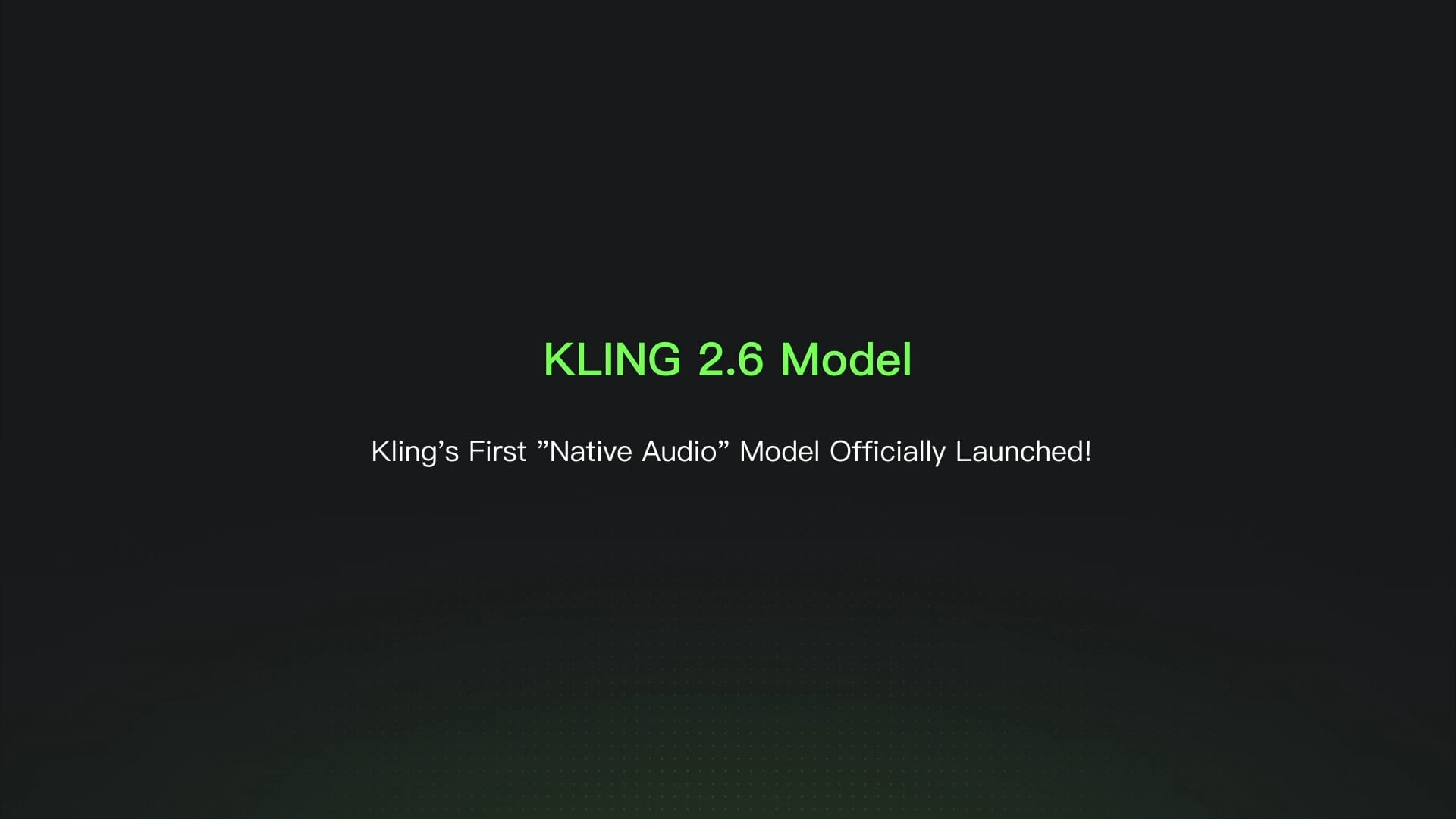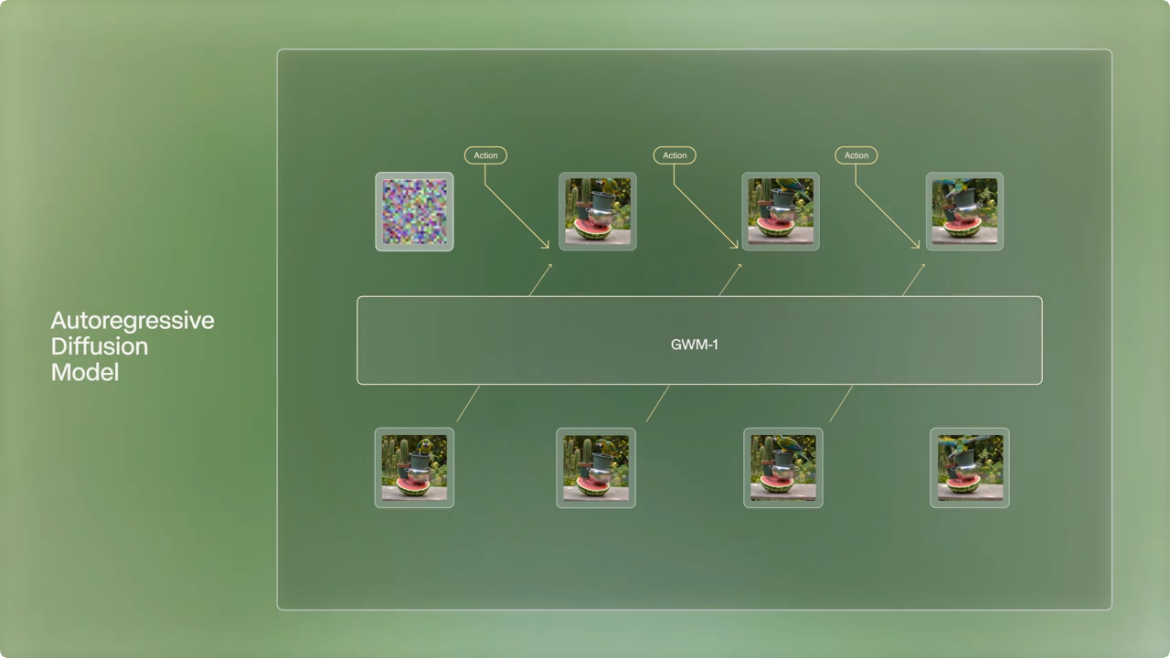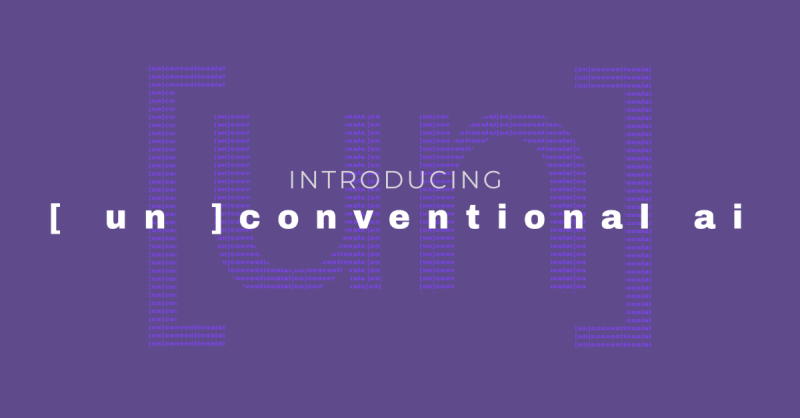Generative AI took the world by storm, fundamentally changing how we thought we could relate to technology as users. The record-breaking massive adoption of consumer services such as ChatGPT has given us a taste of the good, the bad, and the ugly in just a few months. Likely resulting from this frenzy, governments, organizations, schools, and some enterprises have become increasingly cautious when adopting AI-powered solutions. This is especially understandable in a context where discussions have slowly but surely polarized, apparently dividing the population into those who think that AI is the next cure-all for humanity's problems and those who are convinced that AI should be avoided at all costs because it will bring more harm than good into society.
Even if it may be easy to point out the errors in judgment of both sides of the debate, no compelling case has been made for a modest attitude towards generative AI, especially in enterprise settings where the relationship with technology has always been more complex than for individuals and other organizations: Enterprises are often faced with a set of contexts in which they are primed to become AI consumers in the form of workflow platforms, customer service solutions or AI-powered business assistants and yet another one in which their offerings to their clients could be improved by AI or ML integration.
But then, there is the most perplexing case of enterprises relating to AI-powered solutions: If Gartner's prediction that there will soon be "a rise in machine customers ('custobots') that can autonomously negotiate and purchase goods and services" then enterprises would be interacting directly with AI-enabled connected devices as customers. It likely occurred to no one in the past few years that connected devices would soon be able to behave as customers, and the possibility is absent from most enterprises' sales and marketing plans, for example. Now that this novel form of consumption is shaping up on the horizon, enterprises need to rethink their strategies by considering that their customer relations are about to be fundamentally redefined.
While it may be tempting to conclude that an enterprise benefitting from AI solutions is not that different from the case of individuals, this could not be more disconnected from reality. In a previous discussion of the role of AI in the professional setting, it became evident that many specific problems arose from a more general issue: AI adoption in an enterprise setting should always be done mindfully and pragmatically. Mindful, pragmatic adoption may vary widely from case to case. However, analysts have begun noticing more specific pointers to revise when evaluating an AI adoption strategy for enterprises. In this case, The Gartner IT Symposium/Xpo 2023 brought together a slew of analysts, professionals, and industry experts; here we round up some of the most valuable guidance shared in the course of the event.
First, distinguishing between 'everyday AI' and 'game-changing AI' is always a good practice. The first type should work as a productivity partner, a workflow enhancer, or generally, as a set of tools and solutions that enable workers to optimize and simplify their workloads. Everyday AI is or will be generally available and has a broader range of applications. On the other hand, game-changing AI is not a simple productivity booster. Game-changing AI creates novel results, processes, or services that represent a substantial improvement over their predecessors. They are also meant to have a smaller range of applications and to solve specific problems (for instance, AI-assisted diagnostics). But even if an enterprise plans to adopt very modest everyday AI, it is also essential to keep in mind that, even then, AI should never be other than a means towards efficient goal-reaching.
Another opportunity for mindful consideration concerns the skills required from enterprise teams to adapt to the new ways of working. The importance of prompt engineering skills has become impossible to ignore, and this may lead some workforces to think that they need to grow their personnel to stay ahead of the competition when they could upskill the current team members. For all its novelty and potential, AI is still a technological product, and most teams already have technology experts in their ranks.
Finally, if AI is democratizing, the ever-present security and privacy concerns will only intensify. Once enterprises think their AI adoption strategy through and identify their needs and the best way to address them, there is a further step of ensuring that AI adoption aligns with the values the organization wants to carry forward, internally and externally. Within an enterprise, this may require developing an acceptable use policy, while client-affecting policy almost always concerns privacy and data security. If the workflow involves sensitive data, it is the team's responsibility to verify the data is AI-ready well before the deployment of AI-powered solutions. Other security solutions include continuous data protection, monitoring for drift, and risk mitigation controls.
Widespread AI adoption still has a long way to go, but there is no denying that it is happening and will not stop soon. Consequently, we must start realistic conversations surrounding the challenges of defining and implementing safe and productive relationships between humans and machines. These conversations may come across as dry, lacking the charm of futuristic predictions of artificial general intelligence, the end of work, and the potential existential risks, but in the end, they are the ones that help us figure out where we are right now, and that will eventually help set the course towards the future.





Comments